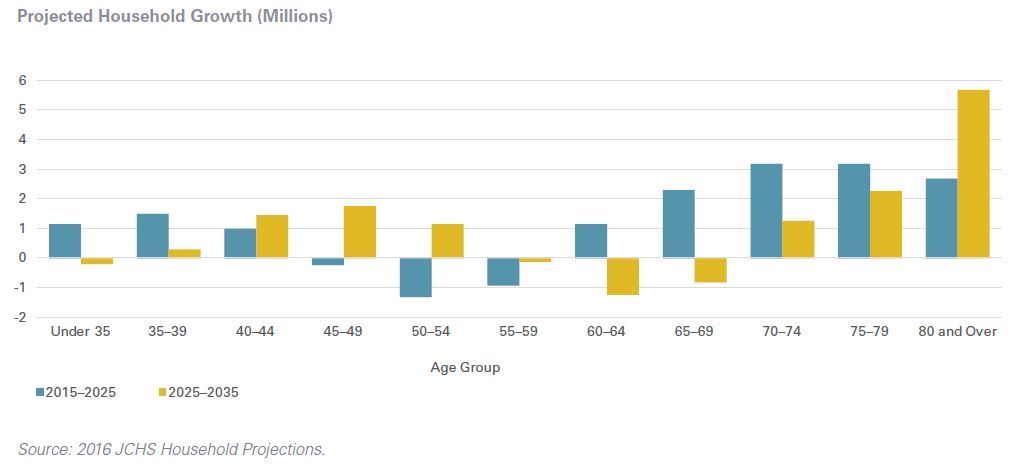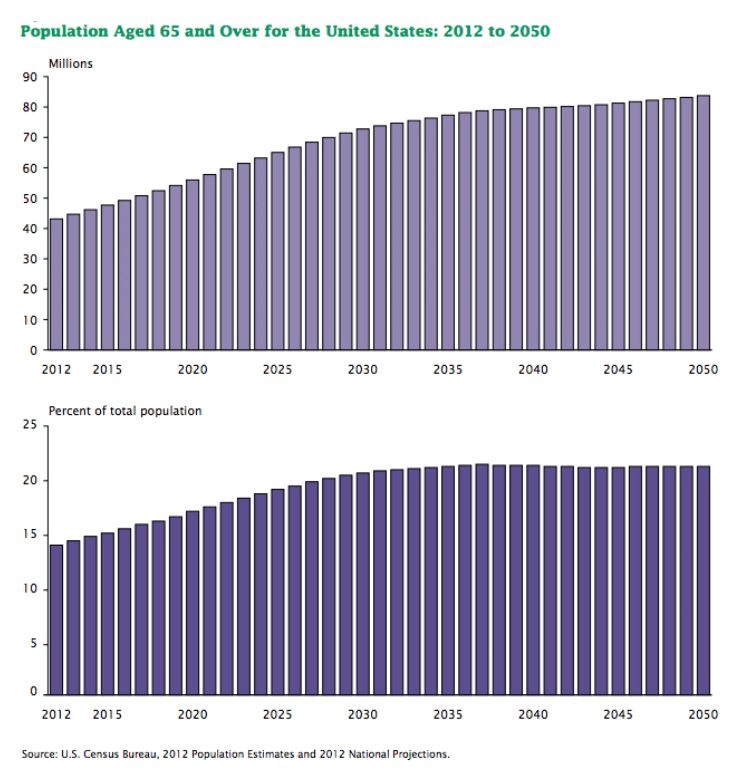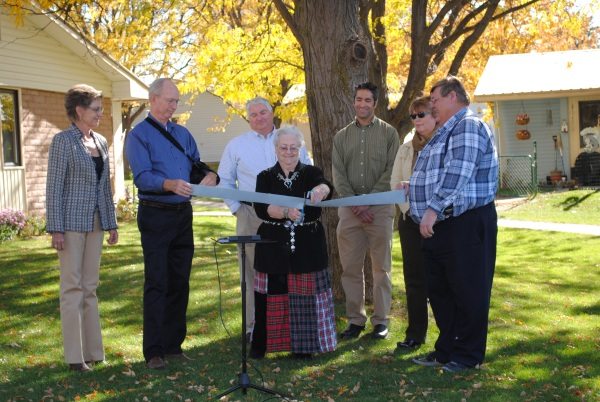After years of stagnant wages and rising costs of living, American households are feeling the pressures of the nationwide affordable housing shortage. For those on a tight budget, such as seniors living on a fixed-budget, utilities bills can be the straw that breaks the camel’s back.
On the other hand, reducing utilities costs can be critical to improving housing affordability. Implementing energy efficiency measures to provide financially-accessible housing is important for all demographics. However, senior housing is one of the categories of commercial buildings with the fastest-increasing demand and greatest savings potential from energy efficiency improvements.
Navigant Research reports that the global market for energy efficiency retrofits in small and medium commercial buildings will grow from $24.1 billion in 2016 to $38.6 billion in 2025. Multifamily housing represents a significant portion of this market, and with demographic changes on the horizon, senior housing will continue to increase its portion of that sector.

Changing Demographics
Today, roughly one in seven Americans is over 65. By 2035, one in five Americans will be over 65 and one in three households will be headed by someone on that age group. As the enormous Boomer population ages, more households are living on a fixed-income and have to reconcile financial limitations. Already, 30% of elderly renters spend more than half of their income on housing. With the number of Americans over the age of 65 continuing to grow, and the current trend of rent prices increasing faster than incomes, rent-burdened seniors will be unable to afford other basic needs such as food and medicine.

These factors are considered in a recent Harvard Joint Center for Housing Studies report, which points to a big disparity in the types of homes aging Americans will need over the next 20 years and their availability and affordability. In addition, the report predicts that by 2035 the number of older households with a disability will increase by 76%. Accordingly, senior housing presents unique design needs that need to be reconciled with limited budgets.
Opportunities & Advantages for Efficient Senior Housing
On the bright side, senior housing also presents unique opportunities. Because the vast majority of senior living facilities pay utilities for their residents, property owners see direct financial benefits from investing in energy efficiency improvements. This arrangement negates the split-incentive, a common barrier to multifamily housing retrofits.
There are several other areas of overlap between energy-efficiency and senior-friendly housing. For example, better-sealed and insulated homes maintain a more comfortable temperature and reduce drafts; LED lighting provides better visibility and can be connected to motion sensors for ease of use; and programmable thermostats automatically follow a heating/cooling schedule without the need to remember to make daily adjustments.
Properties that implement these efficiency measures and more can see a dramatic reduction in their utilities costs, among other benefits (read success story).

Ribbon cutting ceremony after ICAST successfully retrofitted Rifle Housing Authority’s senior housing property with energy efficiency upgrades.
Steps Forward
As the demand for senior housing continues to increase, so does the importance of its affordability and availability. Whatever the eventual solution to this housing shortage, America needs to make a substantial investment over the coming decades.
Several options have been presented to fund this investment, chief among them is the Congressional proposal to create “aging in place” tax credits. These credits would provide funding for senior-specific home improvements such as ramps and handrails, and could easily be designed to incentivize the inclusion of efficiency measures in property retrofits.
Even without new tax credits, many senior housing properties will see a high return on investment from implementing a retrofit project that includes energy & water conservation measures. Housing owners can utilize the EPA’s senior-specific ENERGY STAR benchmarking tool to see where their building stacks up among similar properties, and to target the areas of building performance that most need improvement.

Comments 1
That’s a good point that there are a lot more seniors than there used to be and it seems like it will continue to grow. I would assume that would mean that there would be a lot more people in senior living apartments that would be using energy. Hopefully making them more energy efficient could help save on costs as well as make them easier on the environment.